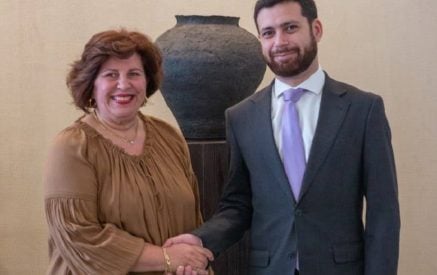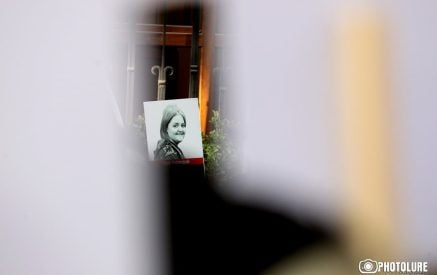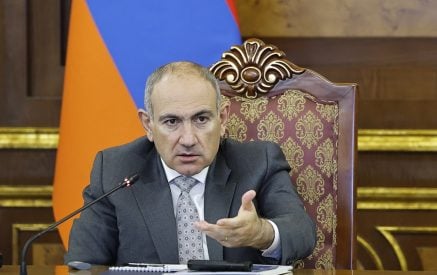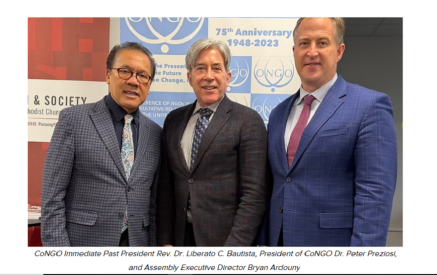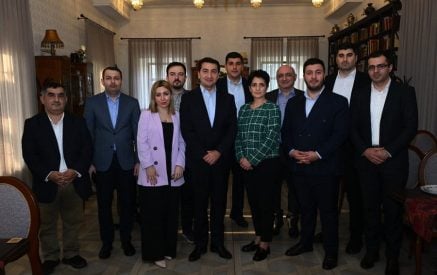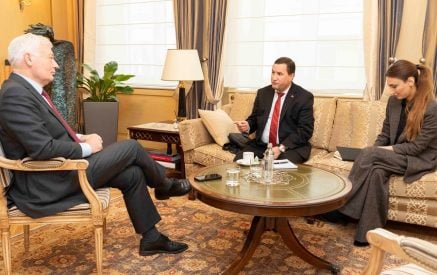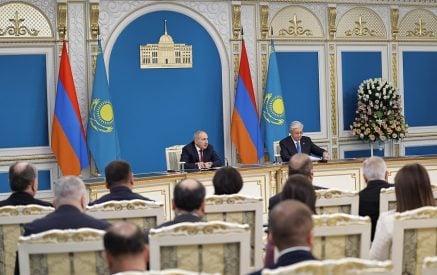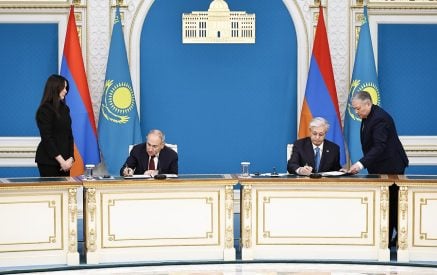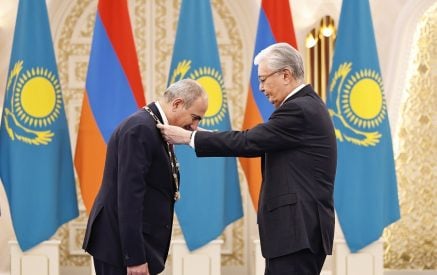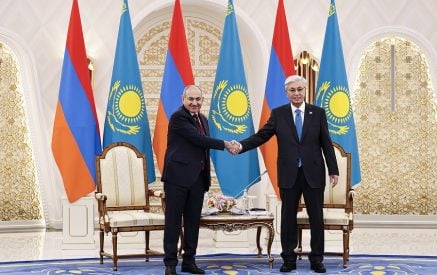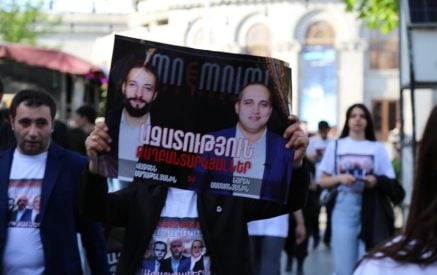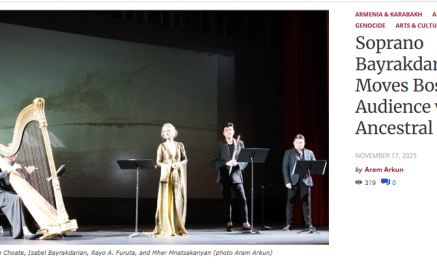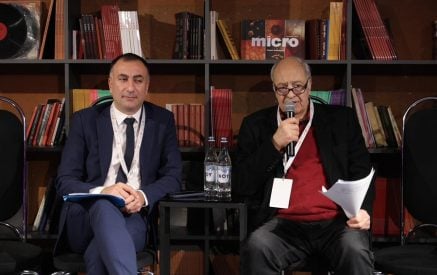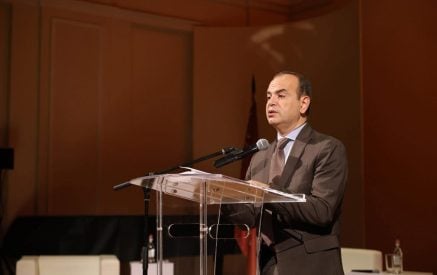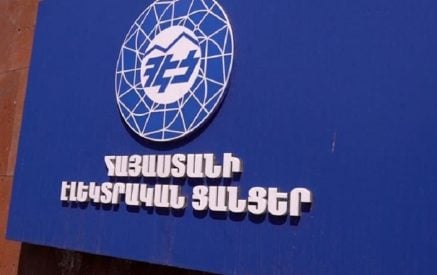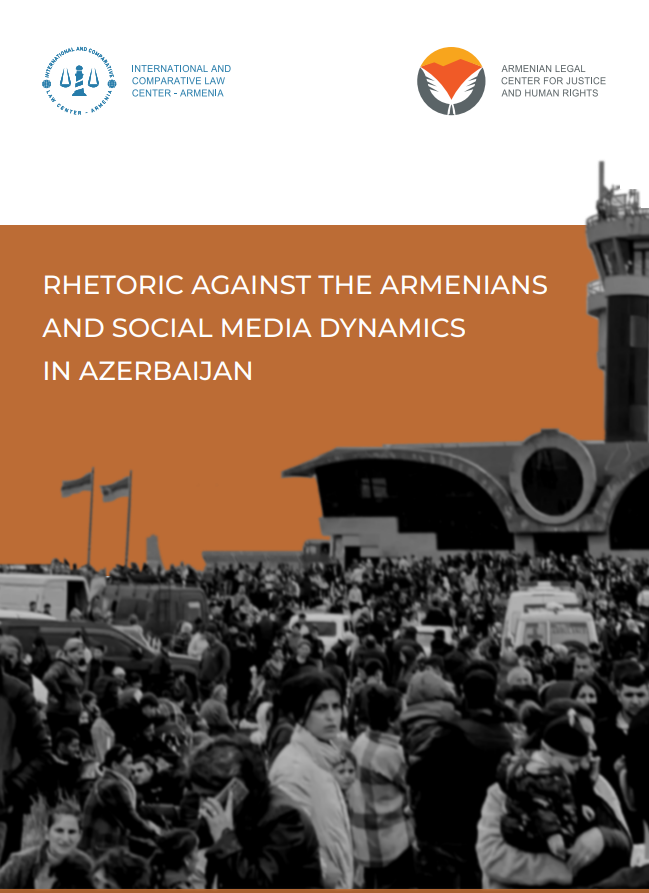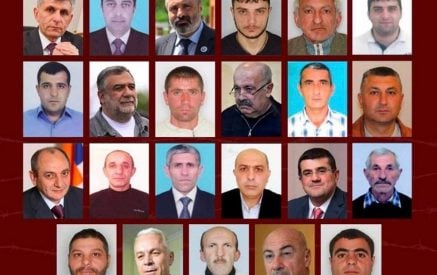The “Center for International and Comparative Law,” in collaboration with the “Armenian Legal Centre for Justice and Human Rights,” has prepared a report. This report conducts a qualitative analysis to reveal the narratives constructed by Azerbaijani authorities regarding Armenians between August 1 and October 8, 2023, and how these narratives impact public perception.
The analysis examined speeches and press releases by high-ranking Azerbaijani officials published on state platforms, such as the official websites of the President, Ministry of Foreign Affairs, and Ministry of Defense. The statements were primarily divided into two categories: those expressing attitudes and characteristics, which included derogatory claims attributed to Armenians and threats; and calls to action, which aimed at using force, presenting territorial claims, or seeking allied support against Armenia.
The report also investigated the audience for whom these official statements are intended. Studying the target audience helps determine the scope of influence of such statements and their potential impact on the wider public in deepening hatred and/or shaping certain perceptions toward Armenians. The audience for speeches by high-ranking Azerbaijani officials was categorized into two groups: the local population, for whom statements are designed to further deepen anti-Armenian sentiments; and statements made on international platforms, which aim to justify Azerbaijan’s actions and shift responsibility and blame onto the Armenian side.
The report also examined Azerbaijani Telegram channels, primarily related to political and military topics, with the goal of identifying hate speech and organized violent actions against Armenians. Telegram is the most popular online communication app in Azerbaijan. The platform’s lax oversight allows for the dissemination of hate speech, dehumanizing, derogatory language, and content inciting violence, including photos and videos. During the 2020 Artsakh War, Telegram was widely used throughout military operations, and afterward, the channel became a primary platform for disseminating news (real and fake), content inciting violence, and more.
The authors of the report concluded that during the chosen research period, significantly more aggressive anti-Armenian rhetoric was used on Telegram compared to the official statements and speeches by Azerbaijani authorities. Attitudes and characteristics constituted 51% of anti-Armenian rhetoric, while threats and calls to action made up 49%. Attitudes and characteristics included dehumanizing expressions such as “rats” or “donkey,” primarily directed at men, while calls for sexual violence were directed at children and young women. The most common posts on Telegram were calls for the indiscriminate killing and genocide of all Armenians.
Read also
The report also includes mocking photos of Armenians, taken from Telegram channels, with accompanying captions using terms such as “Armenian son of a whore” and “one of the dead rats.” One photo, showing Armenian women queuing in the Hakari corridor, was captioned: “Armenian women’s queue for Azeri maniacs.” The comments section of the photo was even more horrifying: “Armenian ethnic prostitutes (for all tastes) are leaving Karabakh,” “Armenians (Armenian women) are the dirtiest AIDS prostitutes. A thousand times worse than Natashas (Russian women).”
“The study of Telegram channels reveals more aggressive and diverse anti-Armenian rhetoric. Meanwhile, attitudes and characteristics remain an essential component. The prevalence of overt threats, calls for violence, and even genocidal language is concerning. The interrelation between official statements and social media content is evident, as Telegram channels amplify and exacerbate anti-Armenian rhetoric,” the report states.




